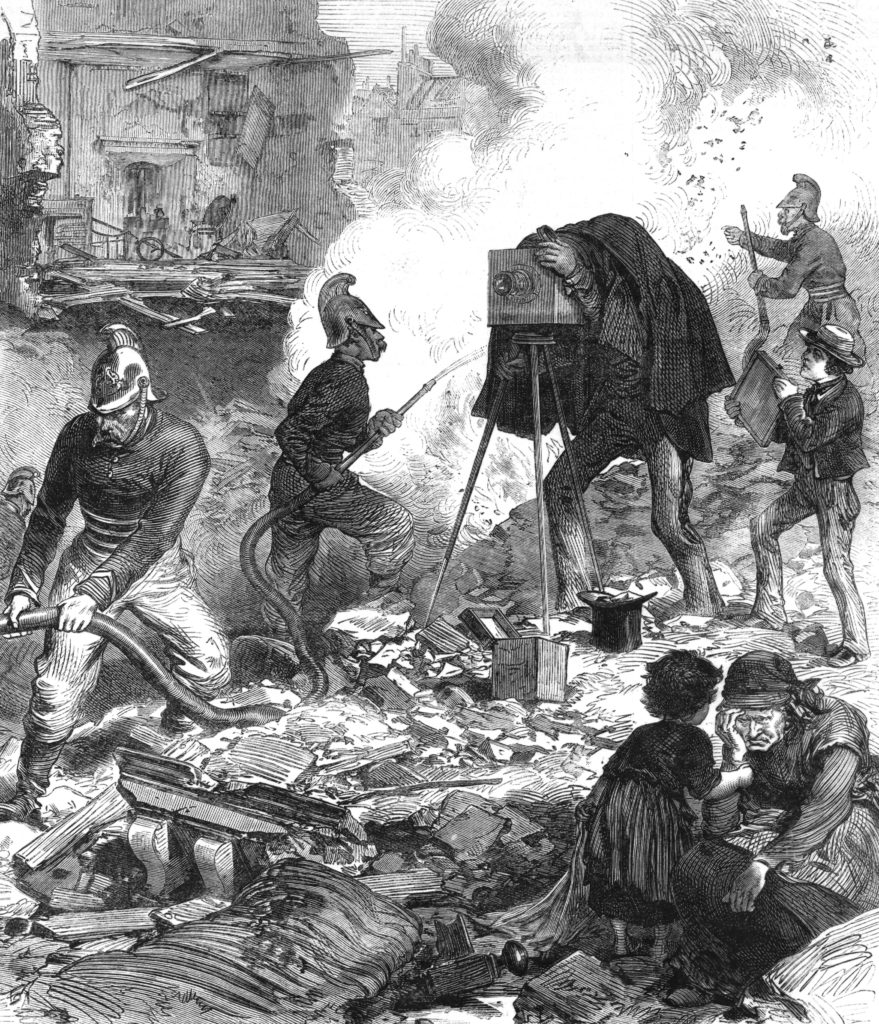Gelatine bromide plates
The complexity of the collodion wet-plate process pushed researchers to experiment with new solutions. A desire to reduce the exposure time while continuing to use permanently-sensitive negative plates was the driving force behind research. This led to the invention of the silver bromide process – and the dry plate was born.
In 1855, chemistry professor Jean-Marie Taupenot mixed collodion albumen, and devised a plate which could be used dry. Sayce and Bolton improved the process somewhat when they made silver collodion bromide plates – which went on sale from 1867. In spite of this progress, and the advantage of having ready-to-use plates, these film bases were not very sensitive.
In 1871, the experiences of the English doctor Richard Leach Maddox brought the first solution: he coated a glass plate with a gelatine emulsion containing silver bromide, subsequently dried; even so, it still was not sensitive enough. Then in 1878, Charles Harper Bennett proposed heating the emulsion before applying it to the glass. An increase in sensitivity was then recorded, which permitted exposures of 1/25th of a second, thus opening the way to capturing the moment.
Mass-production of the dry gelatine bromide plates began, with various European and American companies embarking on their manufacture. Switzerland also had a hand in the process via the business of Dr J.H. Smith, who invented a machine for coating emulsion onto glass plates.
Thanks to the reduced exposure time, it became possible to take a photograph without a tripod, and this would have a revolutionary effect on camera design.


